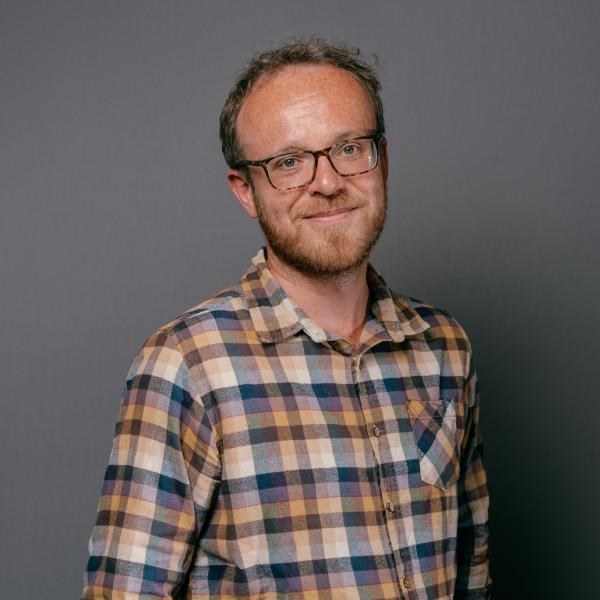Indigenous development alternatives: An urban youth perspective from Bolivia
A project by Philipp Horn
More than half of the world's urban indigenous population can be classified as young people, ranging between ages 16 and 25. Within urban areas, indigenous youth are often trapped in poverty, confronted by discrimination and excluded from employment and education opportunities. And yet, indigenous youths are not passive victims. They confront problems of exclusion and marginalization in their everyday political struggles. Little is known, however, on whether urban youth activism promotes indigenous development alternatives, defined here as knowledge and practices that break intra-/ inter-ethnic inequalities and provide ideas for more sustainable urban futures. This project addresses this gap through examining the dynamic interactions of urbanization, youth activism and indigenous development alternatives. It develops a new tradition of youth participatory action research which involves indigenous youth in all stages of the research, following primarily their interests and priorities. Focusing on different urban areas in Bolivia, the project:
- Explores the driving forces contributing to the urbanization of indigenous youth
- Describes the lived realities of indigenous youth living in distinct urban settings
- Investigates indigenous development alternatives put forward by activist youth groups
- Assesses the extent to which practitioners address and integrate the interests, needs and priorities of indigenous youth into policy and planning interventions.
The project is funded through the ESRC New Investigator Scheme and runs from 1 January 2021 until 31 December 2022. The project PI is Philipp Horn (Urban Studies and Planning) and PDRA support comes from Olivia Casagrande (Urban Studies and Planning).


